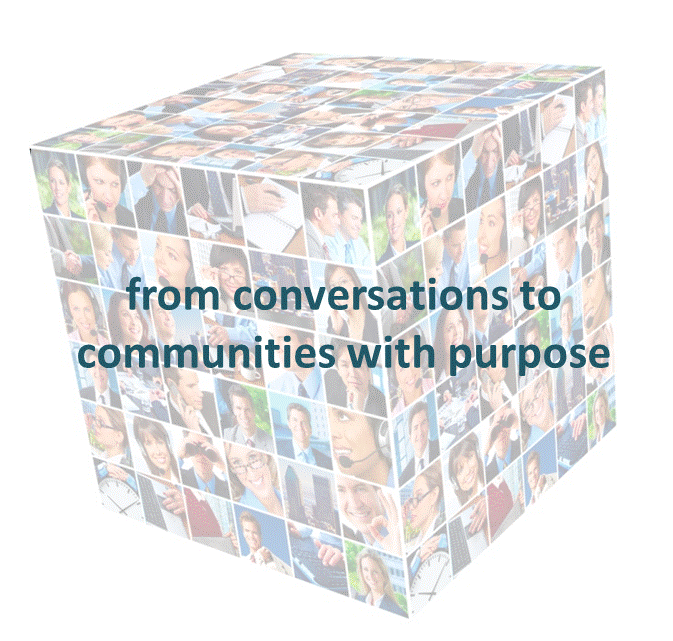Over the last few days there have been a number of articles about customer loyalty programs and it is an area which I find very interesting for a number of reasons.
During research I carried out in 2003-04, I found out that loyalty points were the second largest currency behind the US dollar – cannot find the resource – but it is a fact I have held on to for some time. This along with the customer insight derived through these initiatives makes loyalty programs very interesting.
Customer insight – this enables organisations to segment their customer base using metrics around value of purchase, frequency of purchase, when they last visited the store, analysis of items in their basket, analysis of items not in their basket.
All of this data enables a business to target their customer base more effectively and predict with a high level of accuracy the stock levels of products required for each store on a daily, weekly and monthly basis, providing the added benefit of optimising and improving efficiencies in their supply chain.
The down side is that loyalty points are held as a long term debt on the balance sheet and the mangers of the problem need to look at effective methods for managing this figure, otherwise it can be detrimental to the organisations business. For example after sept11, 2001, a couple of airlines had loyalty point debt in excess of US$400m which effectively made them bust – however it also saved them as their credit card partners could not afford this partnership to fail as the value of the transactions using the jointly branded credit card was too big to loose, so they guaranteed the airlines.
One of the most effective programs is the UK superstore – Tesco – who use their customer data to shorten their supply chain, releasing cash from their held stock figures, they also send out targeted offers to their customer base every quarter and through these mailings flush out their points debt by providing cash value vouchers with a time limited redemption period.
American Express charge their members to hold points – offsetting the cost of running the program and partner with a number of organisations to create offers to keep their points values down.
Therefore, there are a number of benefits for “loyalty point programs” however customers do switch between the brands offering these programs as they see the points based programs as a minor benefit and are likely to hold multiple loyalty cards for multiple supermarkets, multiple airlines, multiple hotel chains – so they do not induce loyalty the way engagement and emotional loyalty do.
Points based programs should be classed as a payback for obtaining customer insight data which assists a company to plan better and provide more targeted products and services – however they should not be classed as “loyalty programs” as they do not build the same loyalty to a brand that an engagement program will do.
